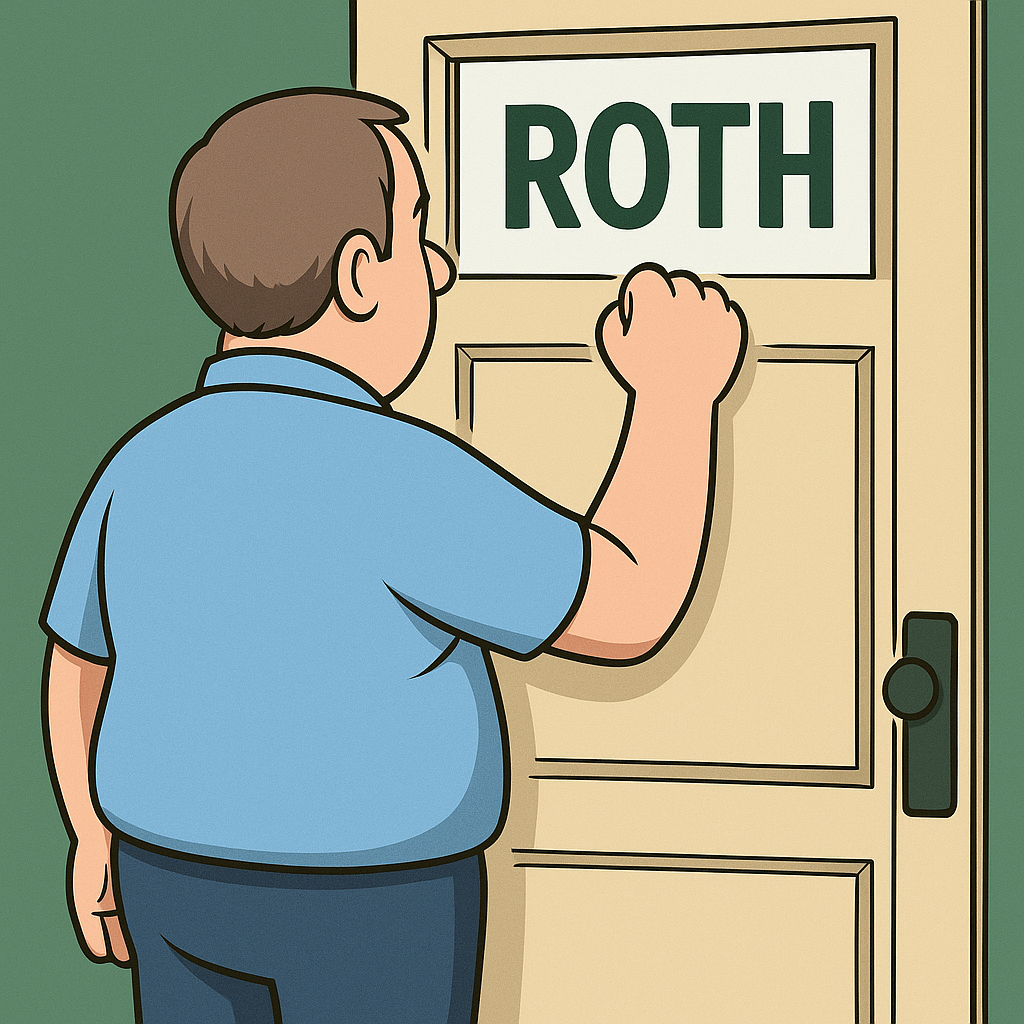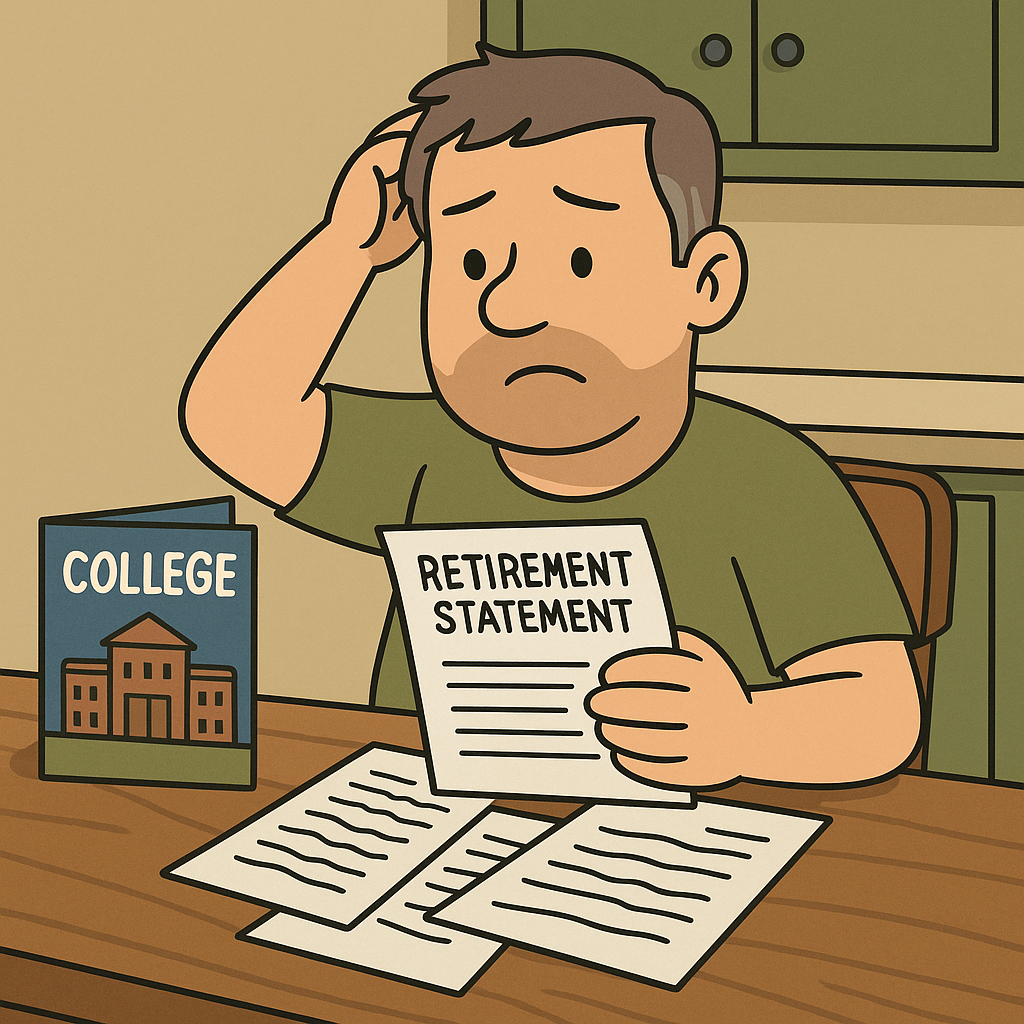What Is a Backdoor Roth IRA?
The “backdoor Roth” isn’t an official account type. It’s just a strategy the IRS currently allows that lets high earners fund a Roth IRA even if their income is too high to contribute directly.
Here’s the play:
- Contribute money to a traditional IRA (non-deductible if you’re above the income limits).
- Convert that money into a Roth IRA.
- Pay taxes on any gains (or deductible contributions, if applicable).
Congrats — you just “backdoored” into a Roth.
Why Would You Use It?
- You make too much for a Roth IRA
- For 2025, Roth IRA contributions phase out if your household income is over $230,000 (married filing jointly).
- You want tax-free growth and withdrawals
- Roth IRAs are powerful because qualified withdrawals are tax-free. Getting money in, even indirectly, can be worth it.
- No required minimum distributions (RMDs)
- Unlike traditional IRAs and 401(k)s, Roth IRAs don’t force you to withdraw at a certain age. More control = more flexibility.
The Big Catch: The Pro-Rata Rule
Here’s where most people get tripped up. If you already have money sitting in a traditional IRA, SEP IRA, or SIMPLE IRA, the IRS makes you pay taxes on a pro-rated share of the conversion.
Translation:
- If you have a big traditional IRA balance already, your “backdoor” won’t be tax-free.
- Many people roll old IRAs into a 401(k) first (since 401(k)s don’t count in the pro-rata calculation).
Who Should Consider It?
- High earners who want Roth benefits but can’t contribute directly.
- Midlife savers who are playing catch-up and want to build tax-free retirement income.
- People with access to a 401(k) rollover option that clears out their IRA balances.
The Bottom Line
The backdoor Roth IRA is a little clunky, but it’s one of the only legal workarounds to get money into a Roth when you’re “over the limit.”
If your household income blocks you from direct Roth contributions, this might be the move — just make sure you understand the pro-rata rule before diving in.
👉 Related Reading:
- The Rare IRA → HSA Transfer You Probably Didn’t Know You Could Do
- Which Retirement Buckets Should You Fill First?
- Not sure if you and your spouse should each have your own Roth IRA? We break that down here.



